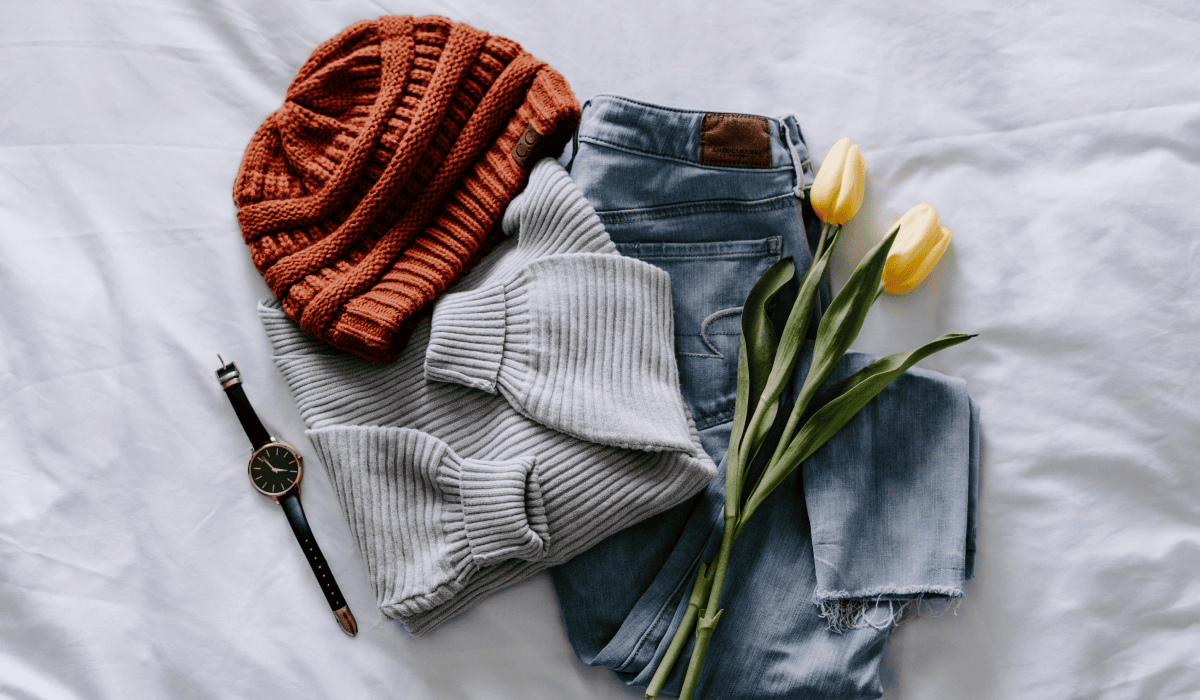現在お買い物カゴには何も入っていません。
The Power of Color in Fashion: How It Shapes Your Style
Color is one of the most powerful tools in fashion. It has the ability to influence moods, make statements, and express individuality. Whether you’re drawn to bold, vibrant hues or soft, neutral tones, the colors you choose can transform your outfit and leave a lasting impression.
Each color tells a story. Red exudes confidence and passion, making it perfect for occasions where you want to stand out. Blue, on the other hand, has a calming, trustworthy quality, often favored in professional settings. Neutral shades like beige, gray, and black are timeless, offering versatility and sophistication that works across all occasions. By understanding the psychology of color, you can curate outfits that not only look good but also communicate your mood and intentions.
The role of seasons in Fashion color
Seasons play a significant role in the colors we wear. Spring and summer tend to bring out pastel shades and vibrant palettes that echo nature’s bloom. As autumn rolls in, deeper, earthy tones like burnt orange and olive green dominate wardrobes, reflecting the season’s warmth. Winter calls for darker, richer shades like navy, burgundy, and emerald, often paired with luxurious textures to enhance the overall look. Incorporating seasonal colors into your wardrobe keeps your style fresh and in tune with the time of year.
One of the most exciting aspects of color is its ability to create visual effects. For instance, darker shades like black and navy can create a slimming effect, while lighter colors and bold patterns can draw attention to specific areas. Understanding how color interacts with your body shape and skin tone allows you to dress in a way that enhances your natural features. A monochromatic outfit, where all pieces are the same color or shades of the same hue, can elongate your silhouette and create a sleek, cohesive look.


